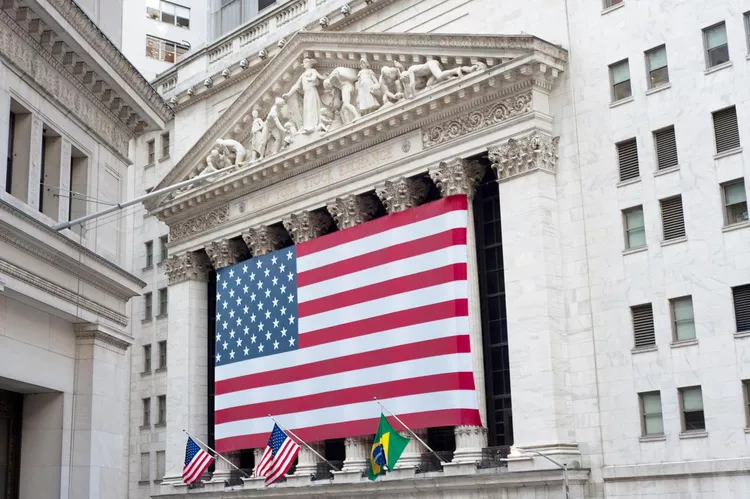Overview
New York Stock Exchange: A Financial Icon
The New York Stock Exchange (NYSE) stands as the largest stock exchange globally, trading billions of dollars in stocks daily. The Financial District surrounding the exchange is pivotal to New York City’s identity. However, due to heightened security measures following the tragic events of September 11, 2001, the NYSE is not open for public tours.
1. The History of The NYSE
The history of securities markets in New York City dates back to 1790 when Alexander Hamilton issued bonds to address debts from the American Revolution. The NYSE, originally named The New York Stock and Exchange Board, was first organized on March 8, 1817. In 1865, it moved to its current location in Manhattan’s Financial District. Moreover, it was acquired by Intercontinental Exchange in 2012.
2. The NYSE Building
The New York Stock Exchange building, located at the intersection of Broad and Wall streets, showcases a grand facade of six marble Corinthian columns under a pediment sculpture titled “Integrity Protecting the Works of Man.” This iconic structure is often adorned with a large American flag. Fortunately, access is feasible via subway trains 2, 3, 4, or 5 to Wall Street, or R and W to Rector Street.
For those interested in the financial system, the Federal Reserve Bank of New York provides insightful experiences, including free tours of its vaults with a focus on the gold reserve, offering an inside perspective on Wall Street’s operations.
3. The Trading Floor
Although access to the trading floor is restricted, it’s essential to recognize that the vibrant and chaotic scenes often depicted in movies are no longer accurate. In the 1980s, up to 5,500 people worked here. Consequently, advancements in technology have reduced this number to approximately 700 traders, resulting in a calmer environment while still maintaining daily tension.
4. The Ringing of the Bell
The bell marking the opening and closing of the market is an important tradition, sounding at 9:30 a.m. and 4 p.m. to signal trade timings. Beginning in the 1870s, a Chinese gong was used, but this was replaced in 1903 by a brass bell, now electrically operated to regulate the start and end of each trading day.
5. Sights Nearby
The Financial District is filled with remarkable sights beyond the NYSE. Notable attractions include the Charging Bull at Bowling Green, Federal Hall, City Hall Park, and the Woolworth Building. Visitors can easily enjoy the exterior of the Woolworth Building, but tours require advance reservations. Additionally, Battery Park is within walking distance, providing access to ferries for trips to the Statue of Liberty and Ellis Island.
6. Tours Nearby
The Financial District rich in history and architecture, offers walking tours including “History of Wall Street and 9/11,” “Lower Manhattan: Secrets of Downtown,” and the “Brooklyn Bridge” tour. For superhero enthusiasts, the “Super Tour of NYC Comics Heroes and More” could be an exciting experience.
7. Food Nearby
When hunger strikes, Financier Patisserie is a great choice for light bites, pastries, and coffee in several locations around the Financial District. For more substantial meals, Delmonico’s, one of New York City’s oldest restaurants, offers timeless dining experiences. Additionally, Fraunces Tavern, established in 1762, served as a headquarters for George Washington during the Revolutionary War and features a museum worth exploring.





